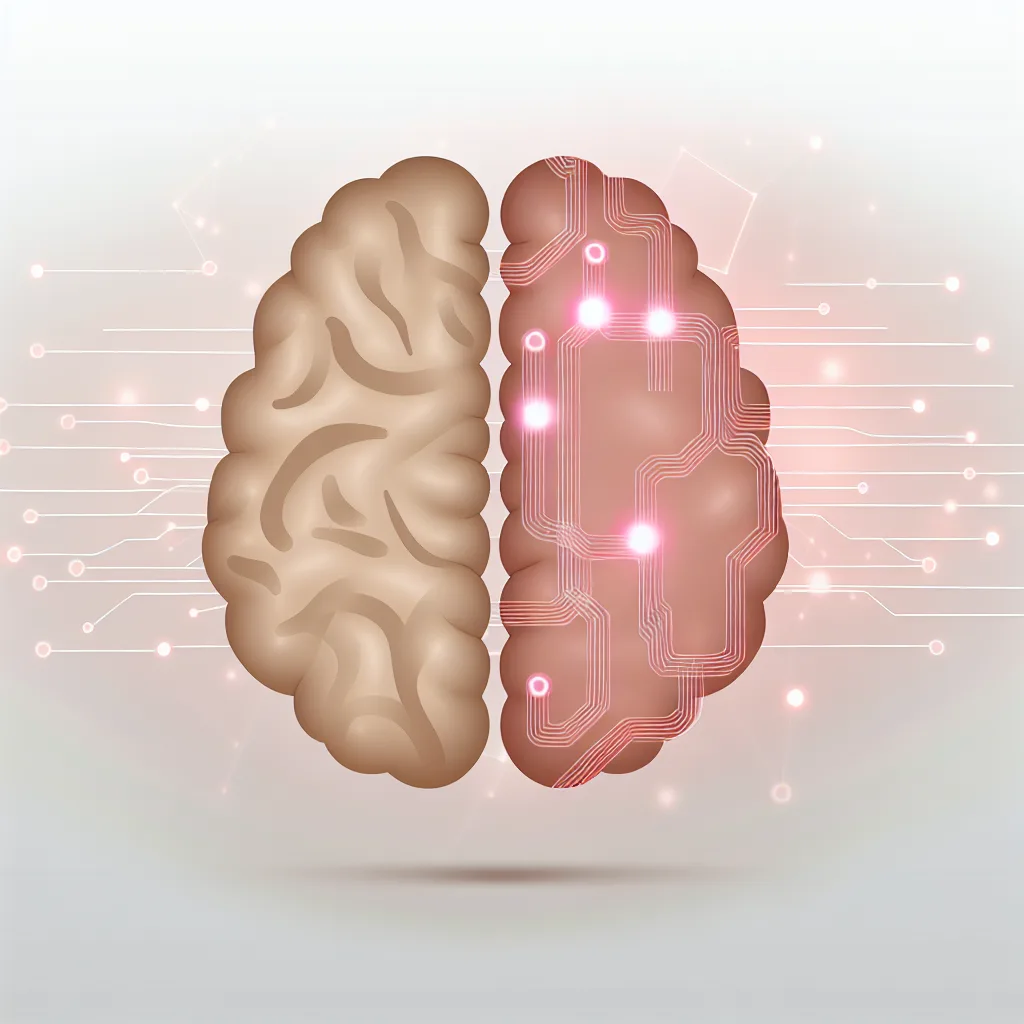Exploring new ways to gauge how we blend human smarts with artificial intelligence
If you’ve ever taken an IQ test or heard about IQ scores, you know it’s all about measuring human intelligence. But what happens when you add AI into the mix? Today, artificial intelligence isn’t just a tool—it’s something that can actually extend the way we think and solve problems. So it makes sense that we might need a fresh way to measure intelligence that includes the power of AI.
I’ve been thinking about this idea of an “intelligence quotient” that’s expanded to reflect not just our raw brainpower, but also how well we use AI to boost that power. After all, as AI tools become more common, those who can leverage them effectively might have an edge, making traditional IQ scores less telling about real-world smarts.
Why We Need a New Kind of Intelligence Quotient
IQ tests have been around for over a century, focusing on things like logic, reasoning, and problem-solving in a human context. But AI changes everything. It’s like having a supercharged helper right there with you, ready to assist your thinking. That shifts the game from just what your brain can do alone to what you and your AI can do together.
Measuring this human + AI combo could give us a better picture of someone’s cognitive abilities in today’s tech-driven world. It’s a bit like measuring how good a person is at driving — but instead of a car, it’s their ability to drive ideas, decisions, and creativity with AI as the co-pilot.
What Could This New Measure Look Like?
Several ideas have floated around for names and definitions of this new kind of intelligence quotient:
- AQ (Augmentation Quotient): How well you amplify your intelligence using AI.
- CQ (Cognitive Quotient): The unique blend of your natural brainpower and AI-boosted cognition.
- HIQ (Hybrid Intelligence Quotient): A measure of how well humans and machines work as a team.
- AIQ (Augmented Intelligence Quotient): A fresh take on IQ that includes AI usage.
- LQ (Leverage Quotient): Reflects how effectively you use tools like AI to solve problems.
- XQ (Extended Quotient): Intelligence extended through external aids like AI.
- Synergy Index: Scores how well human and AI complement each other.
- Co-Intelligence Score: Captures the collaboration between human thought and artificial systems.
- Adaptive Quotient (AQ 2.0): Measures adaptability in using AI to extend your thinking.
- Meta-IQ: Intelligence about intelligence — how well one uses AI to elevate thought.
I find these ideas fascinating because they recognize intelligence as something more fluid and collaborative than a solo act. And as AI becomes woven into our daily thinking, it feels right to have ways to express that new reality.
How Might This Impact Us?
Imagine schools, workplaces, or hiring processes that don’t just look at your scores on traditional tests but also consider how you use AI to improve your thinking. It shifts the focus from raw mental horsepower to smart collaboration with technology.
It also raises questions about learning and skill development. If “intelligence quotient” includes AI, then learning to use AI effectively becomes as important as learning math or language skills.
Where to Learn More
If you’re curious about intelligence and AI, there’s some great reading around:
- OECD’s work on measuring digital skills and AI literacy
- Harvard Business Review on Augmented Intelligence
- Stanford’s AI Index report
These resources give good insights into understanding how intelligence and AI interconnect today.
In the End
The idea of an “intelligence quotient” is evolving. As we interact more with AI, it makes sense to have ways of measuring how well we combine human insight and machine power. Whether it’s called AQ, HIQ, or something else, this new blend of smarts opens up exciting ways to think about what it means to be intelligent in the 21st century.
So next time you’re using an AI tool to get ideas, solve a tricky problem, or learn something new, remember — you’re part of a new kind of intelligence. And maybe, just maybe, there’s a fresh quotient for that too.
